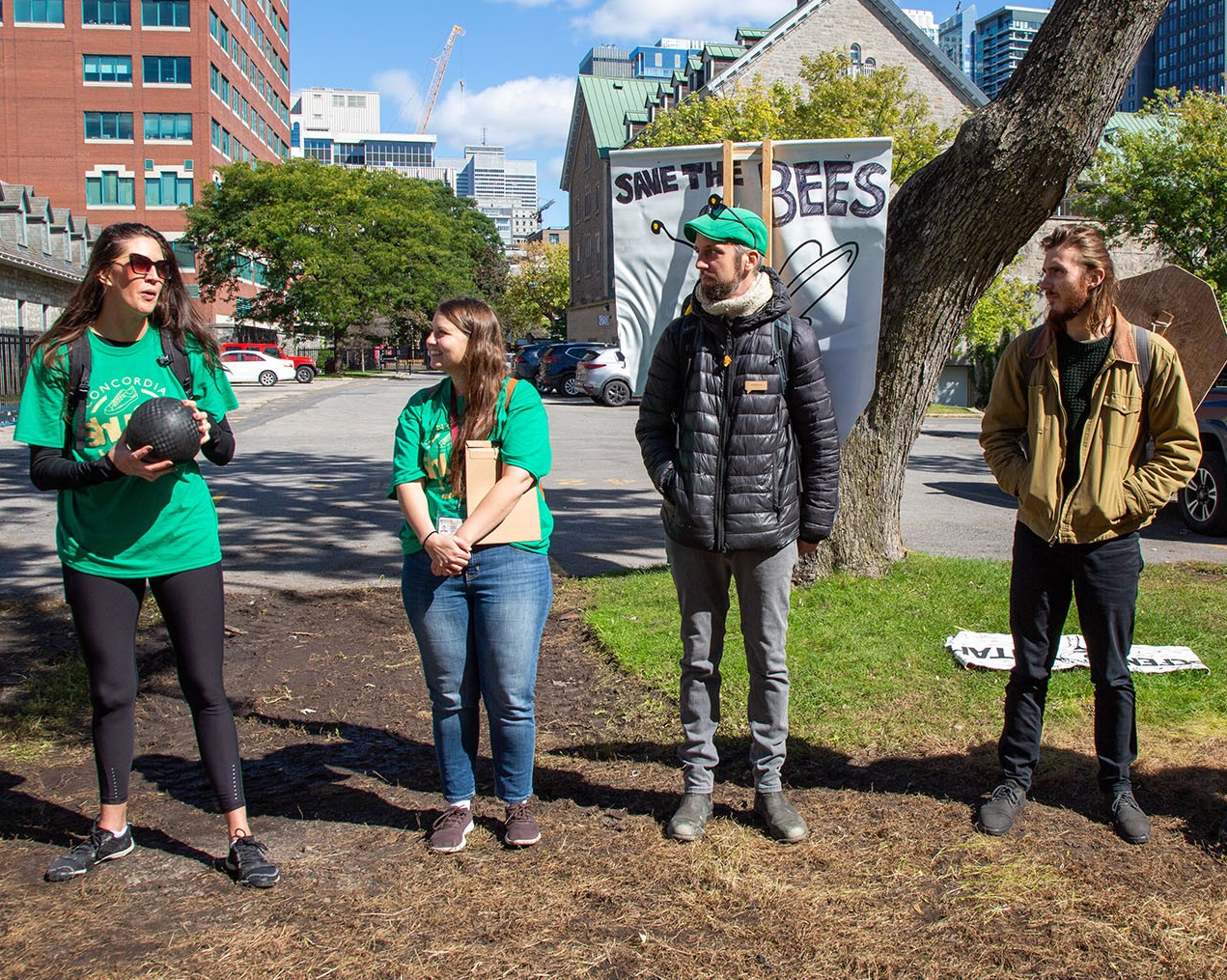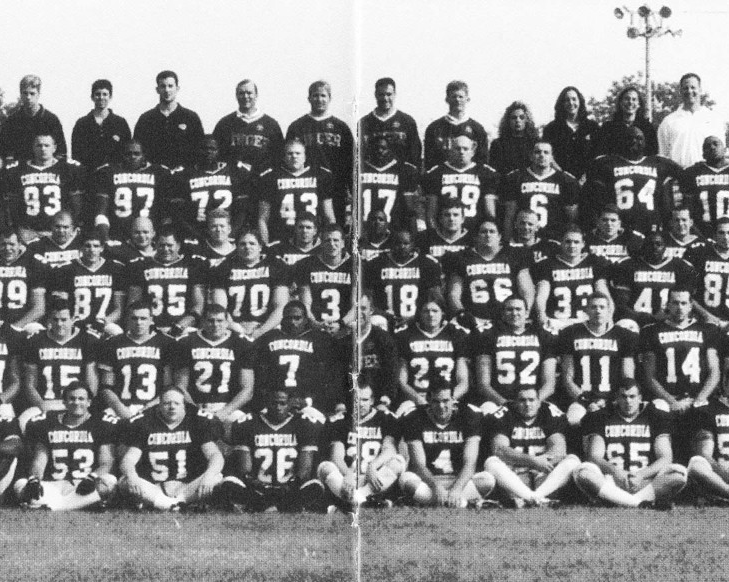According to Manon Gauthier, BA 97, executive director of the Jean Paul Riopelle Foundation, the collaboration with Concordia is a natural alliance.
“Concordia’s deep roots in the community create a very human quality that’s key for this project,” says Gauthier. “What I find with the COHDS is the perfect combination of high tech and high ‘touch’. We need to be able to keep the human factor in an era when technology seems to prevail.”
There is a big difference, she explains, between collecting an archive of photos and articles about Riopelle, verses talking to the human beings who knew him for decades.
“We want to discover the artist behind the art and that’s certainly what Concordia brings to the table,” says Gauthier.
Riopelle’s impact on today’s artists
Gauthier is eager to document the impact Riopelle has had on living artists, young and old.
“The painter and novelist Marc Seguin, as just one example, was inspired by Riopelle the same way Riopelle was inspired by Van Gogh, Monet or even Ozias Leduc,” says Gauthier. “That’s the intergenerational aspect of the project. We want to reach out to the youth and help inspire the future generation of artists and audiences with Riopelle’s work.”
The COHDS sees this project as a chance to show what oral history can accomplish.
“Often we focus on whole communities of people — sometimes vulnerable or marginalized — who don’t have a voice,” says Sébastien Caquard, the COHDS’s lead co-director. “This time we’ll zero in on one person and those who knew him or have been inspired by him. This is a great way to increase awareness of oral history and contribute to art history.”


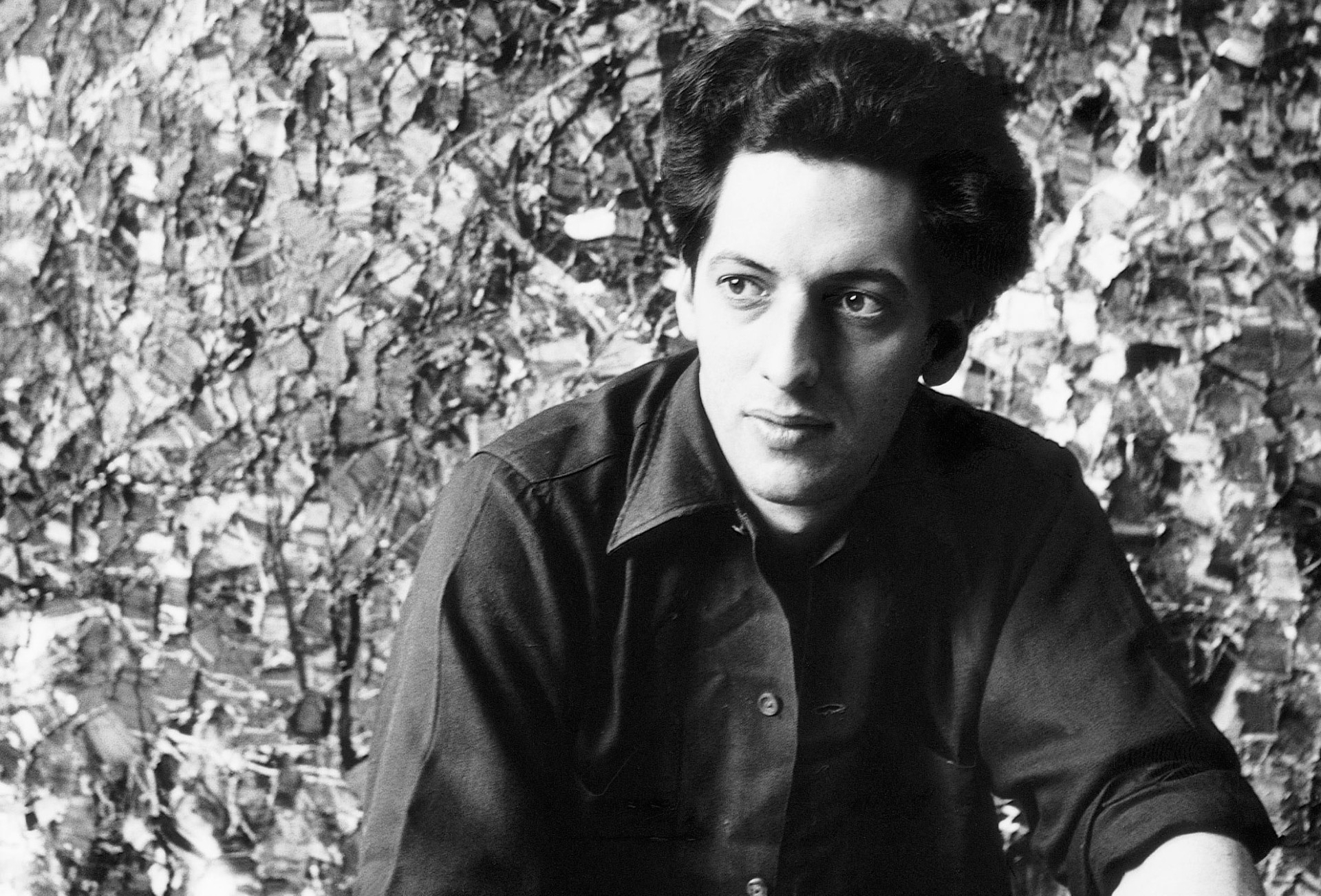 Jean Paul Riopelle at his Atelier Durantin in Paris, 1952 | Photo: John Craven
Jean Paul Riopelle at his Atelier Durantin in Paris, 1952 | Photo: John Craven
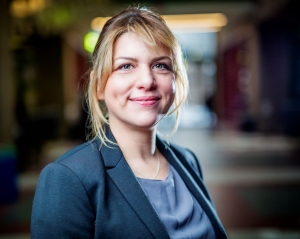 Lea Kabiljo, BFA 04, MA 09, will lead interviews with Riopelle’s friends, family and colleagues as well as artists working today who have been influenced by his oeuvre.
Lea Kabiljo, BFA 04, MA 09, will lead interviews with Riopelle’s friends, family and colleagues as well as artists working today who have been influenced by his oeuvre.
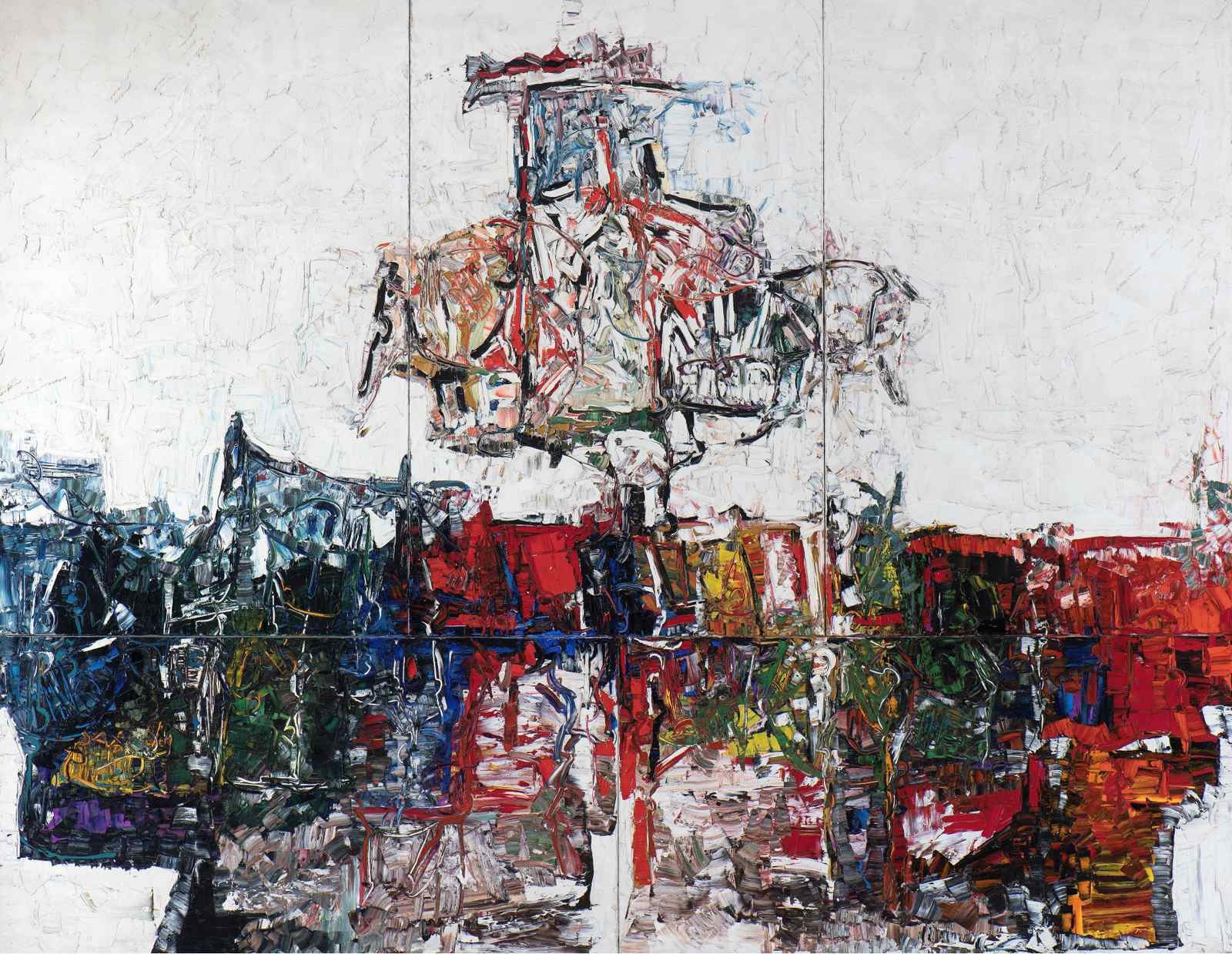 Jean Paul Riopelle's Point de rencontre – Quintette (polyptych), 1963. Oil on canvas, 428 x 564 cm (5 panels).
Centre national des arts plastiques, Paris. © Estate of Jean Paul Riopelle / SOCAN (2021) |Photo: MMFA, Jean-François Brière.
Jean Paul Riopelle's Point de rencontre – Quintette (polyptych), 1963. Oil on canvas, 428 x 564 cm (5 panels).
Centre national des arts plastiques, Paris. © Estate of Jean Paul Riopelle / SOCAN (2021) |Photo: MMFA, Jean-François Brière.
 Manon Gauthier, BA 97, is executive director of the Jean Paul Riopelle Foundation.
Manon Gauthier, BA 97, is executive director of the Jean Paul Riopelle Foundation.
